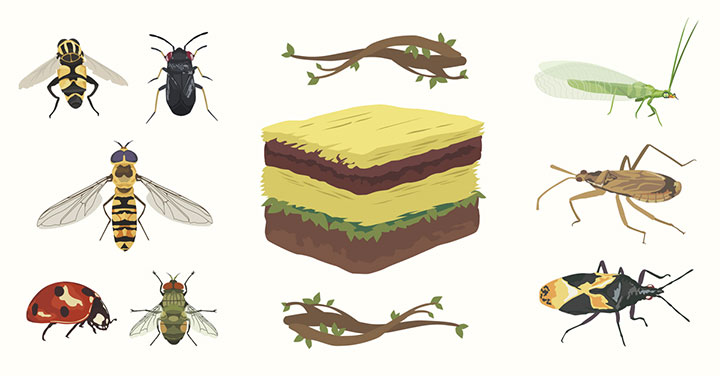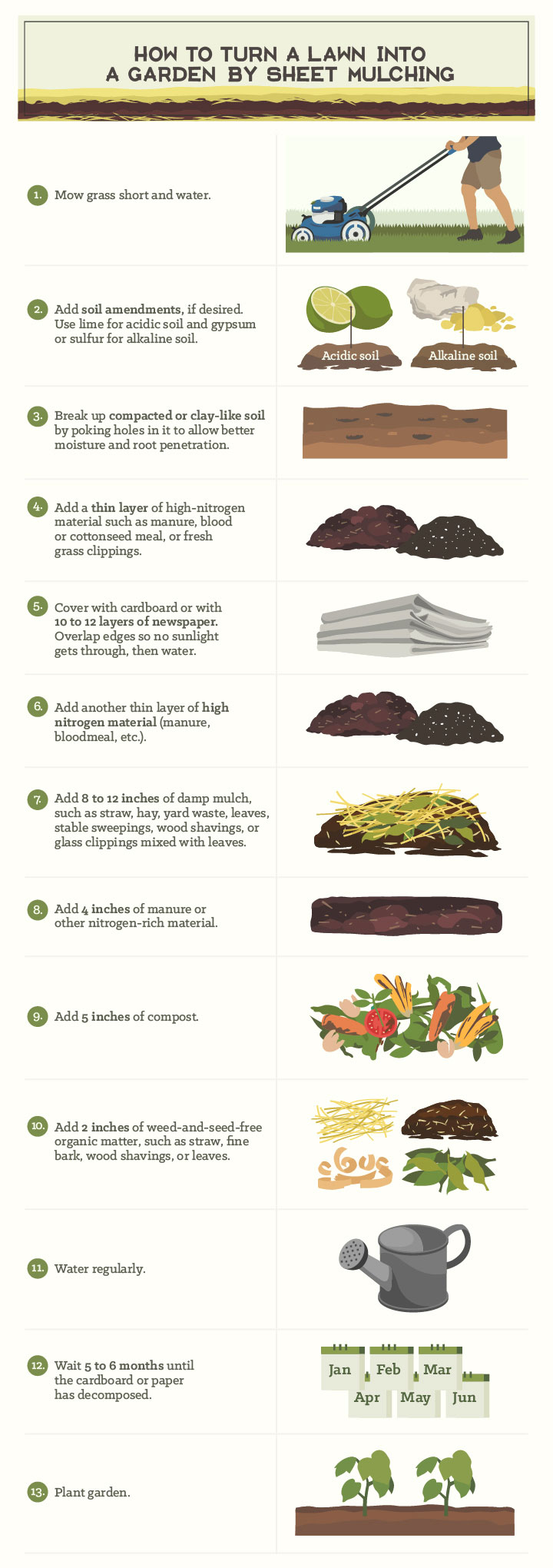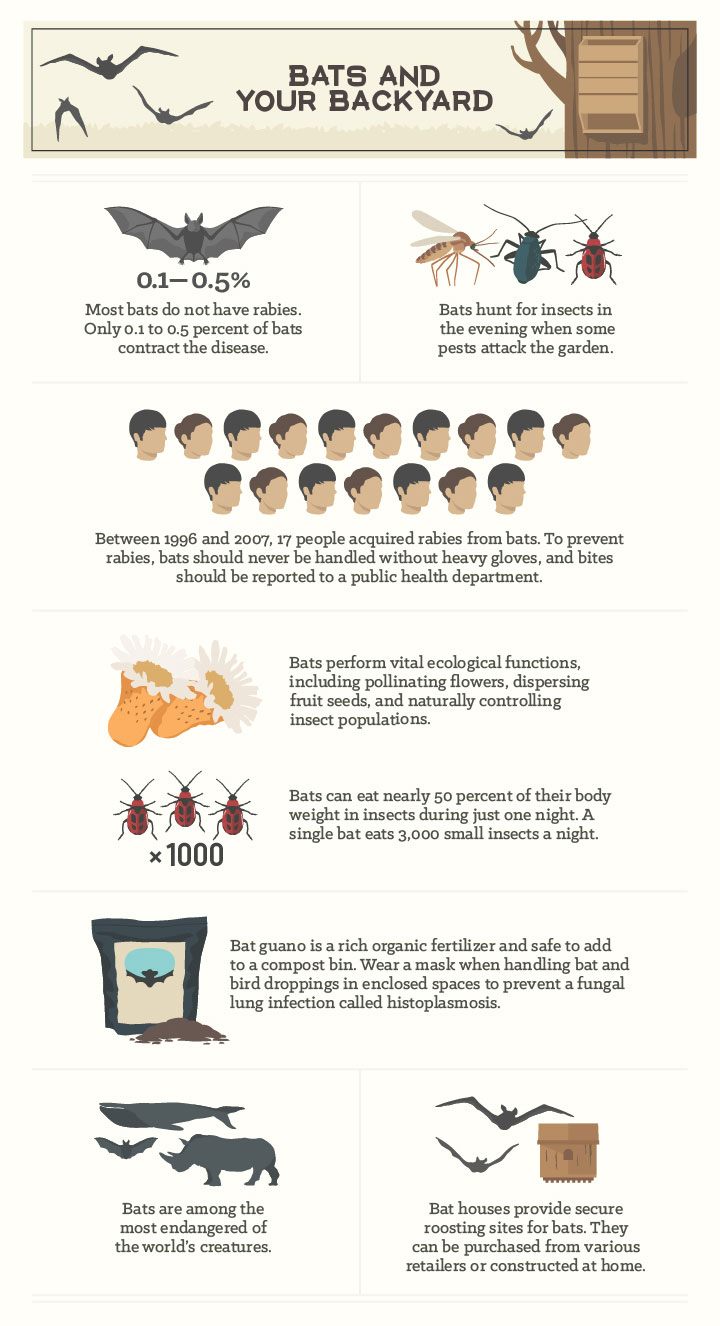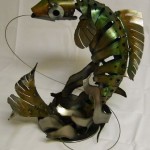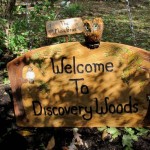How to Create a Wildlife-Friendly Backyard
Today’s environmental news is often alarming, especially the warnings that biodiversity, a term used to describe the immense variety of life on Earth, is under siege. The International Union for Conservation of Nature (IUCN) warns nearly one third of known species are threatened with extinction, including 41 percent of amphibians, 26 percent of mammals, and 13 percent of birds.
It’s easy to feel helpless in the face of such dire statistics, especially because many scientists call biodiversity our life support system. Humans rely on healthy ecosystems to:
- maintain the climate
- break down wastes and toxins
- recycle nutrients
- filter and purify water
- purify air
- enrich the soil
- provide natural resources such as wood and textiles
- supply food and medicines
But there’s good news: We can create healthier, more diverse ecosystems right in our own backyards. Urbanization in the United States, with its associated skyscrapers, traffic, asphalt, noise, and pollution, is one of the leading causes of species endangerment. Urban sprawl is contributing to the collapse of honey bee populations and the dramatic decline in Monarch butterfly colonies.
The Biodiversity in Urban Gardens (BUG) research project, a large-scale, eight-year British study, indicates what we plant in our yards and gardens has a significant effect on the biodiversity of a city. By designing outdoor spaces to attract and accommodate birds, bats, bees, butterflies, beetles, and other small mammals, gardeners create safe corridors for wildlife and protect endangered species.
A gardener can take a number of steps to make over a typical yard into a healthy, diverse ecosystem, and the transformation often begins with a change in mindset.
1. Embrace Backyard Biodiversity
Most gardeners choose plants based on appearance or food value without giving thought to how they affect the overall ecosystem. Plus, some of us have had unpleasant interactions with wildlife. Few gardeners are keen on birds eating blueberries or raccoons defecating in the yard.
But it’s possible to enjoy our gardens and encourage biodiversity simultaneously. Many gardeners even discover that in gardens buzzing with life, nature offers solutions for pest problems. Authors Eric Toensmeier and Jonathon Bates transformed their one-eighth acre backyard into an edible permaculture garden and discovered the wildlife they attracted helped them manage the garden. Birds ate insects, opossums ate rotten, dropped fruit, and squirrels devoured unwanted Norway maple seedlings. Encouraging beneficial insects, such as ladybugs, naturally reduces populations of less desirable insects, such as aphids, mites, and whiteflies. And bats eat so many insects that the United States Geological Survey estimates the value of their pest-control services to agriculture at somewhere between $3.7 billion to $53 billion a year.
The first step to backyard biodiversity is deciding which animals you want to attract. In a dense urban area, it’s usually best to focus on birds, butterflies, bees, beneficial insects, chipmunks, squirrels, dragonflies, frogs, lizards, garden snakes, bats, and other small animals. Not all wild animals are easy to tolerate. Deer eat about five pounds of greenery a day and can cause a lot of damage. Barriers and fences are usually the best ways to deter them. Other unwelcome animals can be discouraged with non-toxic methods, such as nets, screens, and natural repellents. It’s a good idea to avoid pesticides when possible, since they threaten wildlife indiscriminately.
Once urban dwellers embrace backyard biodiversity, they can take a number of steps to create ecosystems that work for people and wildlife.
2. Cut the Grass
The 40 million acres of green lawn that dominate our cities and suburbs are a relatively new phenomenon. Unfortunately lawns are also resource-depleting and unfriendly to wildlife. Thirty to sixty percent of our fresh water is used on lawns. On top of that, lawns are treated with millions of pounds of synthetic pesticides, which have been linked to pollinator collapses and bird poisonings. Maintaining the unnatural aesthetic of green grass is environmentally costly in other ways, too. Operating a gas mower for one hour emits as much pollution as driving a car for approximately 45 miles.
Grass provides some benefits, such as a space to run and play, but it does not provide the plant diversity, shelter, and food and water sources wildlife need to thrive. Consider downsizing your lawn as a first step to creating a healthier ecosystem.
3. Add Diverse Habitats
The BUG research project showed that the most important factor in improving biodiversity in a garden is the variety of habitat. A mixture of trees, shrubs, perennials, and groundcover is best, since different animals live in different types of habitat. Strive for a variety of plants that bloom in different seasons to feed and shelter wildlife year-round.
Consider adding the following layered habitats, from groundcover to canopy:
Flowers, herbs, vegetables, and groundcover
- Provide food and nectar during the summer months for birds and insects
- Provide shelter
Grasses
- Provide cover for ground nesting birds
- Provide forage materials for various wildlife
- Provide food in early spring
Trees and shrubs
- Provide shelter and nesting sites
- Provide buds, flowers, berries, seeds, fruit, and leaves to feed wildlife
Evergreens
- Provide year-round cover
- Provide sap, cones, seeds, needles, twigs, and buds to feed wildlife in all seasons
4. Go Native
Just as the wilderness near Seattle looks different than wilderness near Tucson or Tallahassee, wildlife gardens should vary by region. Horticulturists debate the relevance of native plants, and most agree all plants should be matched to the conditions of a site—whether native or not. Bottom line: Native plants are adapted to the environment, relatively easy to grow, and beneficial in numerous ways. They generally:
- Require little or no irrigation.
- Require little or no fertilizer.
- Require zero pesticides.
- Require little maintenance.
- Provide food for native pollinator species.
Thus, they make an excellent addition to any wildlife garden. Check out the Native Plant Information Network’s database for recommended native plants and suppliers, or contact a local native plants society.
5. Provide Water
Ponds not only attract dragonflies and amphibians, they support fish and aquatic life, attract newts, butterflies, and all sorts of insects, and offer drinking and bathing water for birds. In the BUG study, 19 small urban garden ponds were observed for two years and found to support at least two snail species, a pea mussel, ivy-leaved duckweed, water hog-lice, and frogs.
The National Wildlife Federation recommends designing a pond that resembles a natural pond. The organization offers the following advice:
- Place the pond in an area that gets partial sunshine.
- Build a ledge out of a log or rocks to allow easy access in and out of the water and provide habitat for shallow water dwellers.
- Add native water plants.
- Filter out chlorine if adding municipal water to the pond.
- Add a pump to circulate the water, which will attract birds and prevent mosquito larvae from hatching.
- Add a bucket of water from a nearby natural pond to introduce millions of organisms that will help balance the ecosystem.
If a pond sounds like too much work, install a simple birdbath. Any shallow container of water works, including an overturned trash can lid or a kiddie pool. Keep the water at no more than two inches deep. To allow birds easier access, make sure your birdbath has sloping edges. Circulate the water with a pump or fountain to attract birds and keep mosquitos at bay. If cats and snakes are nearby, elevate the bird bath off the ground to offer birds an escape route.
By keeping a birdbath clean and full, gardeners may be rewarded with rare bird sightings. According to the Cornell Lab of Ornithology, “Reliable pools are rare and birds will travel great distances to visit them.”
6. Add Shelter
Dead tree snags and piles of wood and brush are not on most landscapers’ lists of desired features, but they are crucial for wildlife. Eighty-five North American bird species nest in the cavities of dead or deteriorating trees. Snags also provide habitat for mammals, amphibians, reptiles, and invertebrates. The absence of snags in the urban landscape may be contributing to a decline in cavity-nesting birds.
If a tree dies, and it is not a safety or fire hazard, leave it alone. Bats, birds, and other animals will happily turn it into a sanctuary. A downed log or decomposing wood pile feeds and houses spiders, beetles, worms, microbes, fungi, and mushrooms.
If dead wood isn’t an option, make sure the ecosystem contains other areas for animals to nest, such as live trees. And consider installing bird nesting houses and bat boxes to provide additional shelter.
Nurturing a Delicate Balance
Wildlife gardening doesn’t just improve the lives of wild animals. Conservationist E.O. Wilson coined the word “biophilia” to describe the innate emotional connection of human beings with other living organisms. A large number of studies show connecting with nature reduces stress, improves attention, supports physical health, and leads to increased longevity. Gardeners will likely discover that nourishing the health of a backyard ecosystem improves the lives of the humans who share it.
If this article has you interested in making your garden a wildlife haven, take a look at these custom wooden plant stands—http://www.custommade.com/gallery/custom-plant-stands/
